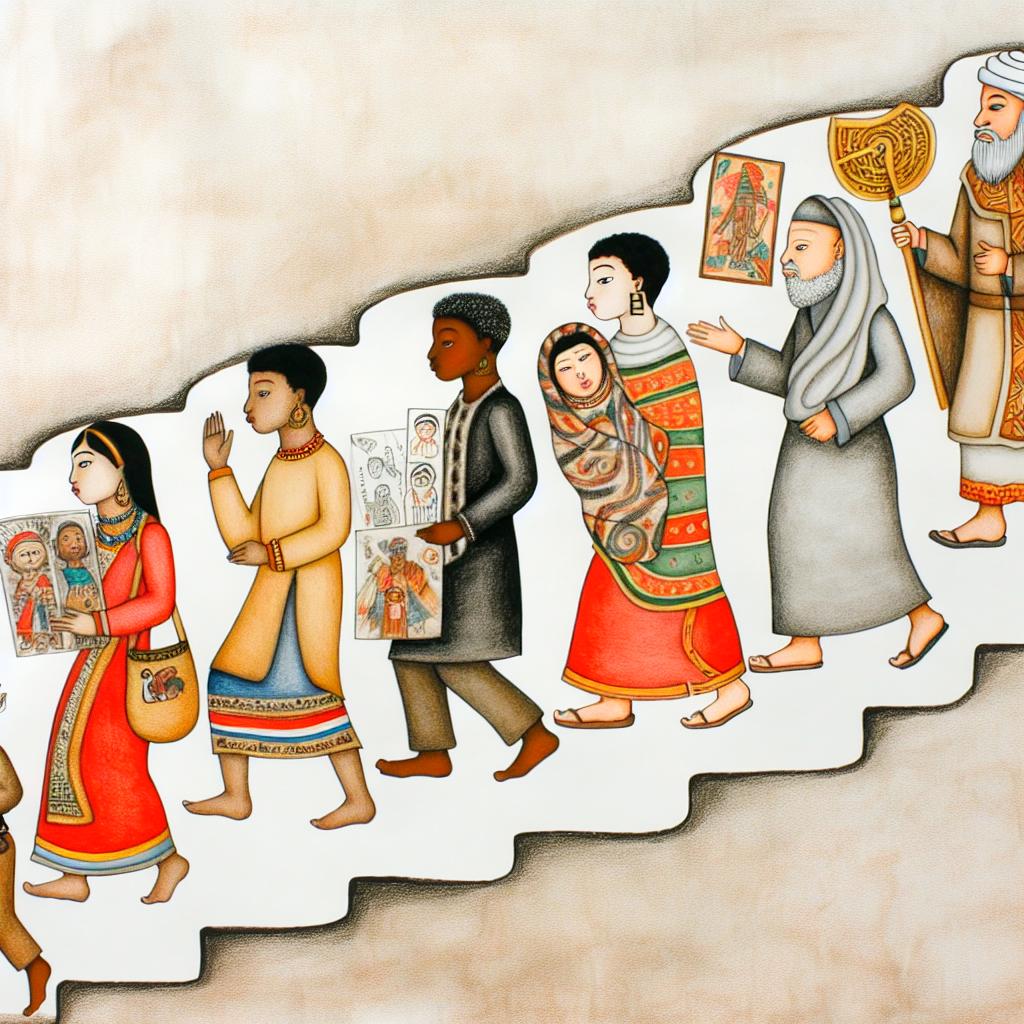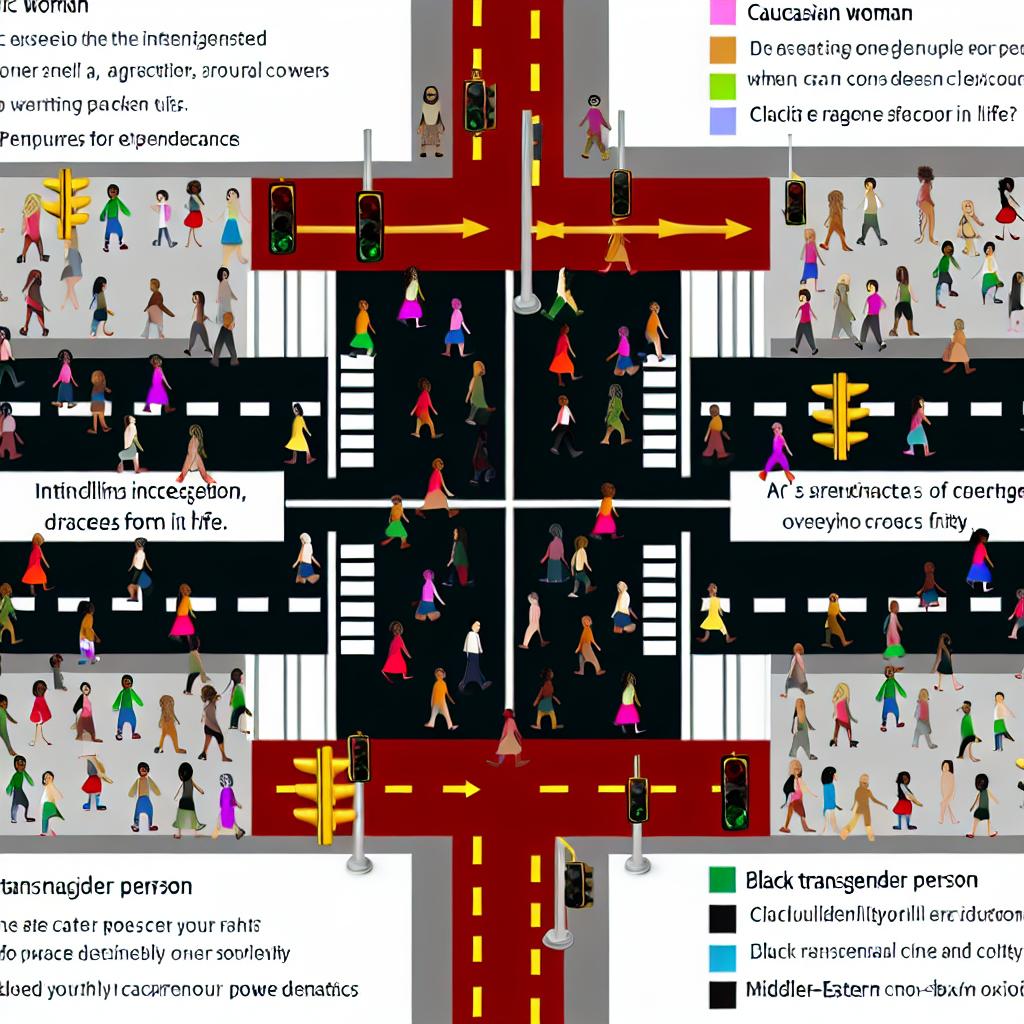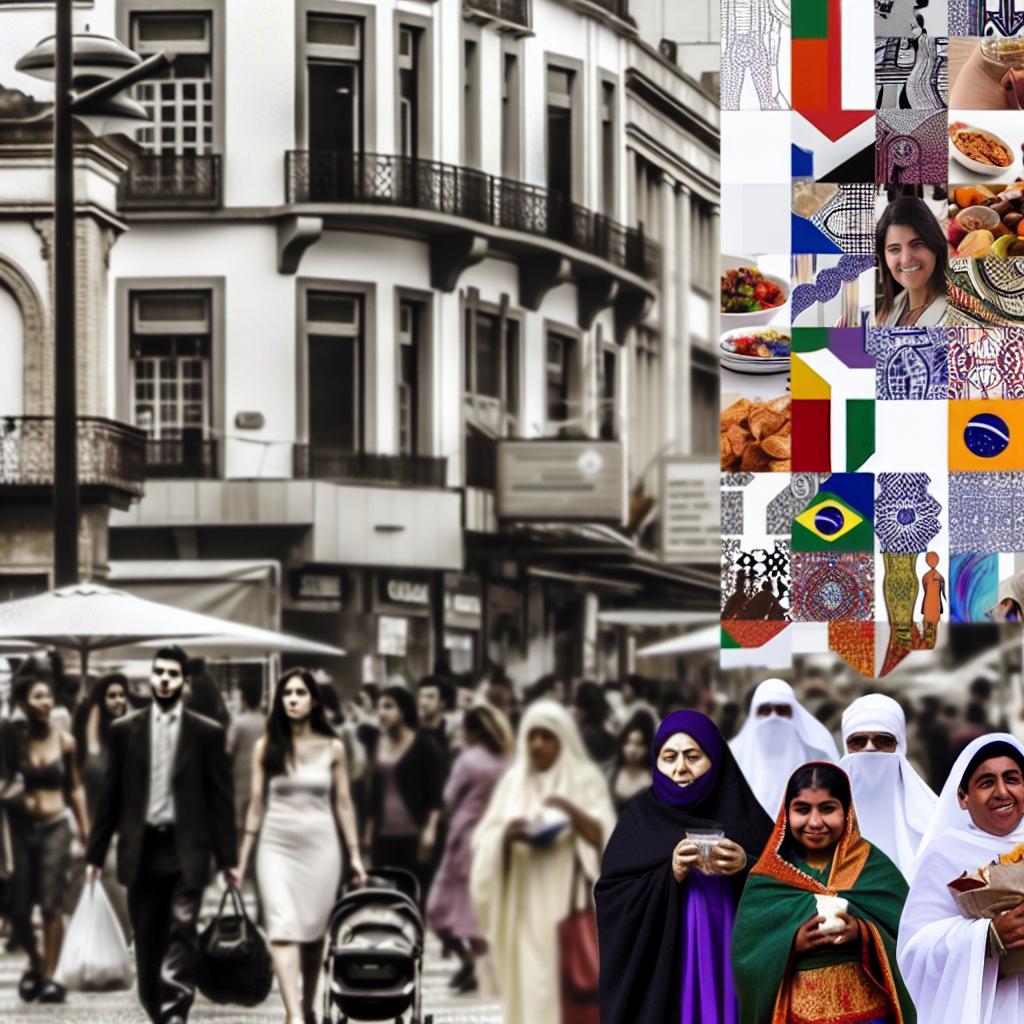The Impact of Migration on Cultural Transformation
Migration has long been a pivotal force in shaping the diverse tapestry of cultures across the globe. As individuals and families move from one region to another, their impact extends beyond personal and familial realms, influencing the broader societal landscape. This phenomenon leads to a multitude of cultural interactions and transformations, with both beneficial outcomes and challenges.
Exchange of Ideas and Practices
One of the primary effects of migration is the introduction and exchange of ideas, traditions, and practices. Migrants bring with them a rich array of cultural elements that can significantly enrich the host society. This process results in a dynamic and evolving cultural environment that is both diverse and vibrant. For example, culinary traditions from various parts of the world often merge in multicultural cities, creating new and exciting gastronomic experiences. This blending can expand the culinary landscape, making available a variety of cuisines that cater to eclectic tastes.
Moreover, the introduction of different languages and dialects by migrants can enhance communication networks within the host society. This linguistic diversity allows for greater inclusivity and can open up new avenues for dialogue, understanding, and cooperation. The presence of multiple languages can also encourage educational institutions to adopt multilingual programs, promoting language learning and cultural awareness among native residents.
Preservation of Cultural Identity
Despite the tendency for cultural exchange and integration, it remains essential for migrants to preserve their cultural identities. Maintaining one’s cultural heritage ensures the continuation of cultural diversity, fostering an environment where traditional customs and practices can flourish. Within migrant communities, there often exist cultural enclaves that offer a sanctuary of familiarity and comfort. These enclaves allow migrants to practice their traditions, celebrate their festivals, and pass on their cultural narratives to succeeding generations.
Preserving cultural identity within migrant communities can strengthen communal bonds and provide a supportive network for those adjusting to a new milieu. It also enriches the cultural fabric of the host society, adding depth and variety to its cultural mosaic.
Challenges in Cultural Integration
The path of cultural integration is fraught with complexities and challenges. While migration introduces numerous opportunities for cultural enrichment, it also presents obstacles that both migrants and host societies must navigate. Integration requires mutual understanding and a willingness to adapt, which can be daunting for all parties involved.
Societal tensions may arise from differences in religious beliefs, social norms, and fundamental values. Such disparities necessitate open dialogue and effective negotiation to bridge cultural gaps. For instance, a society accustomed to secular practices might find it challenging to accommodate religious observances that are crucial to certain migrant groups. These situations call for careful management, with an emphasis on education and awareness to reduce misconceptions and foster a harmonious coexistence.
In addressing these challenges, it is imperative that policy frameworks are in place to promote inclusivity and understanding. Policies should be designed to address cultural differences constructively and to support both migrants and native citizens in the process of integration. This approach can help mitigate potential conflicts and enhance the social cohesion necessary for a thriving, multicultural society.
The Role of Policy and Society
Governments and civic organizations play an indispensable role in managing the cultural transformation spurred by migration. Policy-making becomes an essential tool in nurturing a positive environment for cultural exchange. Effective policies encouraging integration can include providing language education and skills training for migrants, safeguarding their rights, and ensuring access to essential services.
Community programs that celebrate cultural diversity further reinforce societal appreciation for multiculturalism. Festivals, public events, and cultural exhibitions can serve as platforms for showcasing the myriad of cultural expressions present within a society. Such initiatives not only celebrate diversity but also educate the broader community about different cultural practices, thereby fostering respect and mutual understanding.
Furthermore, incorporating cultural awareness segments into educational curriculums empowers younger generations with the knowledge and skills to appreciate, value, and engage positively with diverse cultures. Education serves as a foundation for tolerance and acceptance, equipping students to function as informed global citizens in increasingly interconnected societies.
In essence, migration acts as a profound catalyst for cultural transformation, impacting both the migrants and the host society in significant ways. The intersection of diverse cultural elements within a community can lead to enriched social landscapes that treasure and embrace multicultural identities. Rather than merely adapting to change, societies that actively foster a culture of inclusivity and respect can thrive, becoming intricate tapestries woven from the threads of shared human experience.
The journey of migration continually reshapes the boundaries of cultural interaction while presenting opportunities to build societies that are more open, diverse, and globally oriented. By acknowledging and addressing the challenges and potentials inherent in migration, both host societies and migrant communities can cultivate spaces that are not only accommodating but also enriching for all their members.



